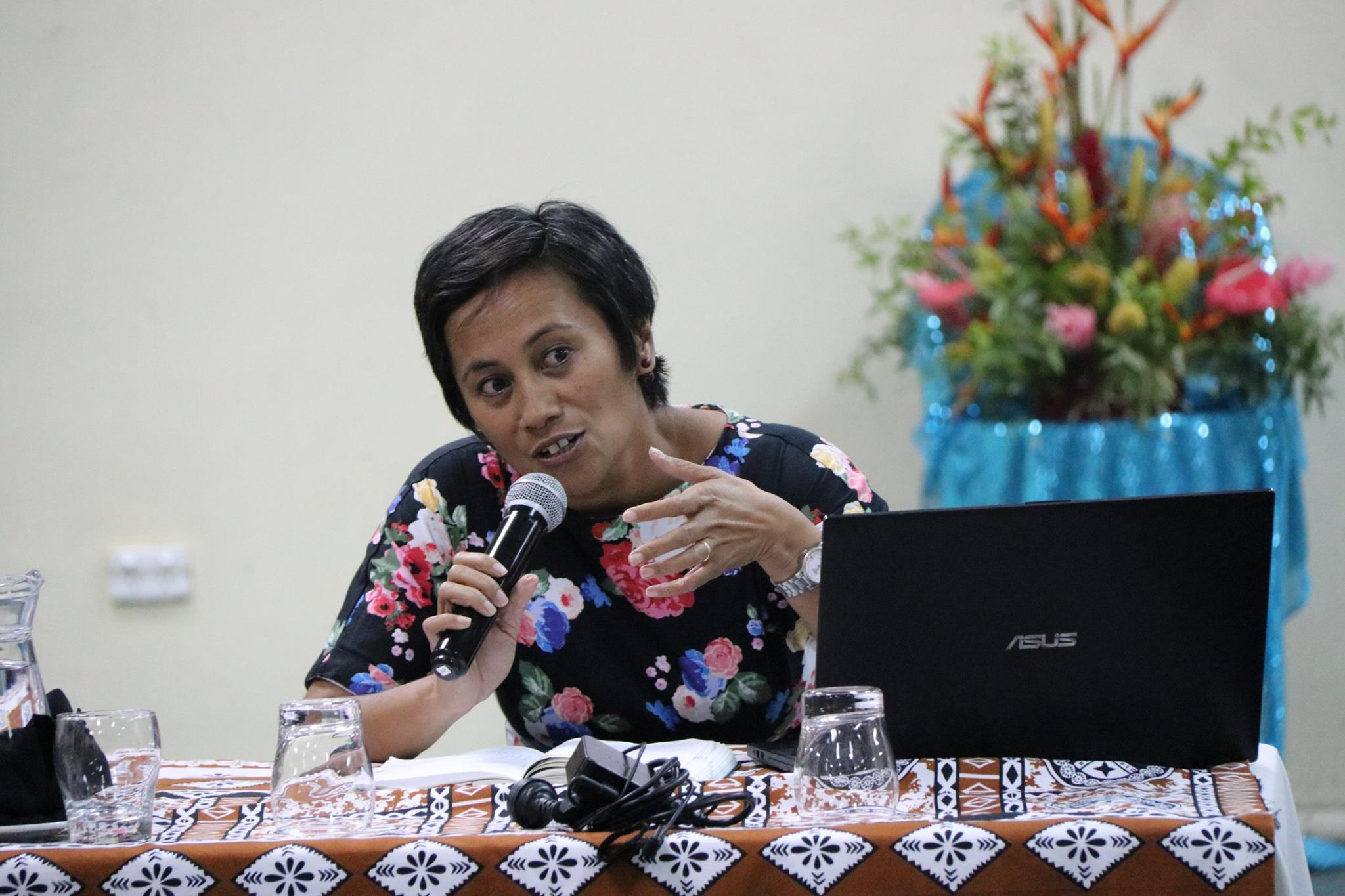Pacific Network on Globalisation (PANG) coordinator Maureen Penjueli says the adoption of the high seas treaty last week by UN Member states was important considering the various threats the ocean faced.
The agreement was adopted at the UN headquarters and had gathered large support from the Pacific.
She said there needed to be a level of consistency to how the high seas were governed.
“Oceans are under significant threat from human activities, both from a pollution perspective, the climate emergency and new emerging threats,” she said.
“So this new treaty is absolute welcome and extremely timely.”
Penjueli hoped the treaty would come into force next year.
The adoption follows UN member states agreeing to the treaty text in March – nearly two decades after negotiations started.
Secretary-General of the United Nations, António Guterres said “new life and hope”” had been given to the oceans after the treaty was adopted.
“By acting to counter threats to our planet that go beyond national boundaries, you are demonstrating that global threats deserve global action,” he said.
World Wildlife Fund New Zealand chief executive, Kayla Kingdon-Bebb said what happened in the high seas impacted the health of ecosystems inside national jurisdictions.
“We know that the health of our ocean in the blue pacific is really central to the well-being of Pacific peoples, economically, culturally and environmentally,” she said.
“Marine species like whales, sharks, turtles and tuna, range freely between our national waters and the high seas,” Kingdon-Bebb said.
The agreement will be open for signatures from September 20 and will come into force after being ratified by 60 states.
“Once the adoption process is finished and the individual countries ratify, we can get on to set about proceeding down the pathway that’s been set out in the treaty to create marine protected areas in international waters,” said Kingdon-Bebb.
She said the international community already has an idea where some of the MPAs on the high seas might go.
“There’s kind of two schools of thought about where you put them.
“There’s areas where you’ve already seen really heavy biodiversity impacts and you might put an MPA in those places to help an ecosystem recover.
“There are also some places around the planet that are relatively untouched and there’s also merit in protecting those places because they are some of the last remaining refuges on Earth.”
She said there was a lot of work to do to reach the 30×30 goal with only one percent of the high seas currently protected.
The treaty aims to ensure the conservation of ocean areas beyond national jurisdictions by creating the framework for Marine Protected Areas (MPAs) to be established on the high seas.
The treaty aims to cover 30 percent of the world’s oceans by 2030 – a goal made in December by the UN Convention on Biological Diversity.
Pacific Islands Forum Secretary General, Henry Puna celebrated the adoption of the treaty, saying it recognised the special connection people in the region had with the ocean.
“It recognises that coastal states have interests in what is going on outside our borders,” he said in a statement.
“It recognises that our indigenous peoples and local communities have a role to play in the conservation and sustainable use of biodiversity even beyond our borders, and that their rights as holders of traditional knowledge must be upheld,” said Puna.
SOURCE: RNZ PACIFIC/PACNEWS














